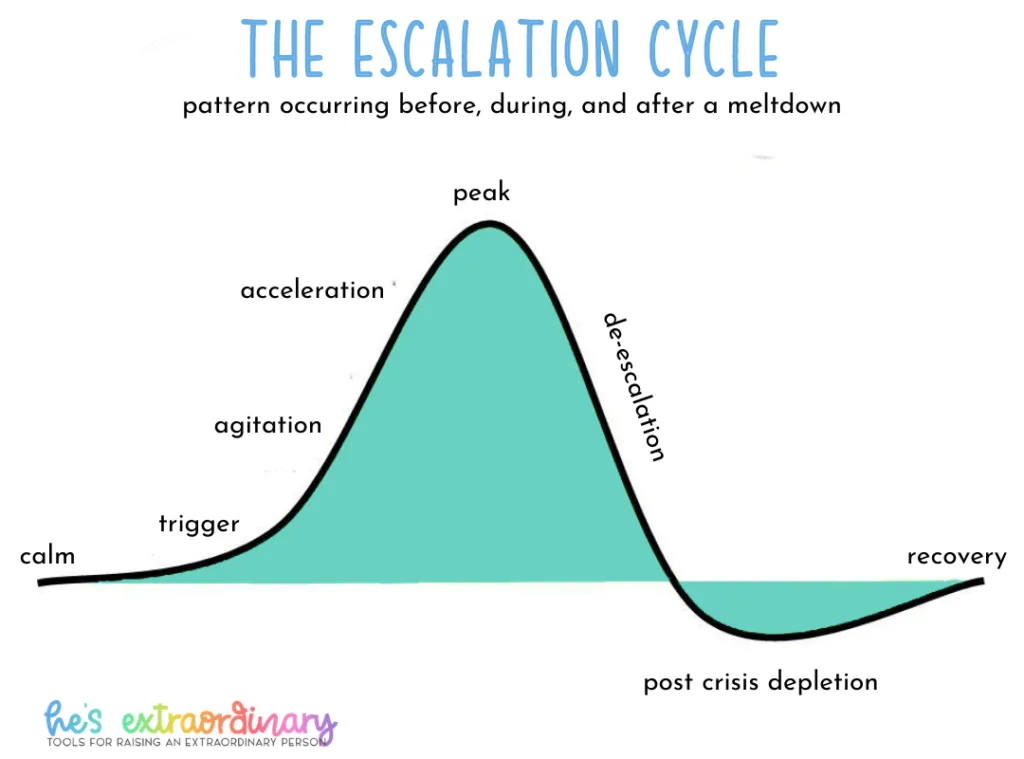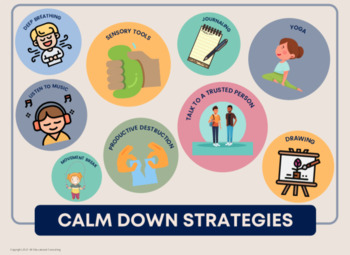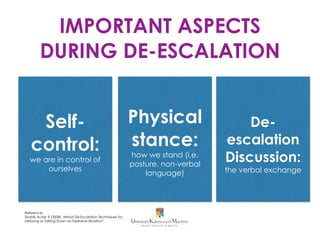verbal de-escalation techniques pdf
Verbal De-escalation consists of tactics to help minimize or defuse the situation and most of all to help limit the potential of injury on the job. There are two important concepts to keep in mind.
And the TEAM Techniques for Effective Aggression Management educational program.
. The first and only objective in de-escalation is to reduce the level of anger so that discussion becomes possible. Isolate upset person 2. Recognize the Signs of Escalation.
To decrease the emotional physical and mental stress levels of a situation using verbal and non-verbal de-escalation techniques The officers initial response can often facilitate the direction of the encounter toward a more practical and appropriate resolution. Verbal De-escalation Skills. Crisis plan De-escalation Assume worst 1.
Verbal de-escalation techniques involve both verbal and non-verbal communication strategies that help de-escalate a volatile situation without using any physical force. Your verbal and non-verbal communication could make or break the situation. Ad Get Proven De-escalation Tips To Help Manage Crisis In Your Facility.
Sending the wrong message can easily escalate the situation. Reflecting is the process of paraphrasing and restating both the feelings and words of the speaker. De-Escalation is all about communication.
It is also important that we recognize and understand the non-verbal cues. Be concise and speak in short sentences. To be effective we must remain calm and centered.
Verbal de-escalation Respect the personal space of the individual. The first and only objective in de-escalation is to. Verbal Judo and de-escalation in contemporary policing Verbal Judo training begins from the notion that fewer police use-of-force incidents are possible without negatively impacting operational effectiveness.
The following verbal de-escalation techniques may help you to calm down the student. Do not get uncomfortably close or block exits. Verbal De-escalation consists of tactics to help.
Staff need to defuse the situation by. It can become physical. Kirchberg PhD ABPP Chief Psychologist V A Medical Center Memphis.
Listen closely to what the person is saying. Reasoning logically with a very angry person is not possible. C heck environment.
These verbal de-escalation techniques are based on the Crisis Prevention Institutes training strategies and can help you successfully defuse high-stress situations with. Reasoning with an enraged person is not possible. Be concise and speak in short easy to understand sentences or phrases.
Verbal De-Escalation e -. Establish verbal contact calmly. Mirroring is a simple form of reflecting and involves repeating almost exactly what the speaker says.
Without specialized training we should never consider the use of physical force. Respond To Difficult Behavior In the Safest Most Effective Way Possible. Identify wants and feelings try to accommodate reasonable requests.
It is said that approximately 65 percent of communication consists of non-verbal behaviors. The Basics Memphis Police Department Crisis Intervention Team October 23 2013 Thomas M. Verbal De-escalation tactics are non-physical skills used to prevent a potentially dangerous situation from.
It is very important to be able to identify exactly what we are communicating to others non-verbally. C heck your approach. We need to be professionally detached.
Reducing stimulation by moving patient to a more quiet. De-escalation techniques are inherently abnormal. Do not be provocative or respond in anger be in control and measured.
UCLA Designed for stranger interactions Had to do with why messages were not received properly Addressed words paralanguage and non-verbal cues Words are 7 Paralanguage is 38. If the student threatens the safety of themselves or others call the UVU Police. Verbal De-Escalation Techniques When working with students you may encounter someone who is angry or upset.
They go against our natural fight or flight reflexes. Verbal De-escalation is what we use during a potentially dangerous or threatening situation in an attempt to prevent a person from causing harm to us themselves or others. What is Verbal De-escalation.
You may be trying to de-escalate the situation by talking to the other person but your body language may be showing a willingness to get physical. Your anxiety can make the client feel anxious and unsafe which can escalate aggression. These resources are designed to share research and analysis guidelines tips and techniques for action in the fields of education.
The first and only objective in deescalation is to reduce the level of arousal so that discussion becomes. We are driven to fight flight. Verbal Judo training specifically and considering what these findings may mean for de-escalation training more generally.
If a situation continues to escalate. De-Escalation Techniques Non-Verbal De-Escalation. If the student threatens the safety of himherself or others call the UW Police Department at 911.
10 Principles of Verbal De-escalation Weve been there. 2Remove the person from the audience or remove the audience from himher. Scheduling De - Escalation in the 40 Hour CIT Training Basic Verbal Skills Basic De -escalation Strategies Complex.
The following verbal de-escalation techniques may help you to calm down the student. PROVEN VERBAL DE-ESCALATION STRATEGIES FOR PEOPLE WITH DEMENTIA TFORWARD his paper is part of a series presented by HSS Inc. Experts say about 90 of communication is non-verbal so it is important to know exactly what message your body language is sending.
Communicating information about delays andor changes. Providing the patientfamily choices whenever possible. Techniques of Verbal De- escalation.
3VsVerbal Vocal Visual Study by Albert Mehrabian PhD. Up to 24 cash back verbal de-escalation is needed. Keep in mind two important concepts.
Call for help 3. Deescalation Techniques When a potentially violent situation threatens to erupt on the spot and no weapon is present verbal de escalation techniques are an appropriate strategy. Reducing stimulation by moving patient to a more quiet location.
Of the remaining 35 percent inflection pitch and loudness account for more that 25 percent while less that seven percent of communication has to do with what is actually said. Agree or agree to disagree while. Isolate upset person 2.
The first and only objective in de-escalation is to reduce the level of agitation so that discussion becomes possible. Work on non-verbals. Reasoning with an enraged person is not possible.
Review physical environment Escape route exit. Establish verbal contact calmly with the individual. De-escalation techniques do not come naturally.

18 Effective De Escalation Strategies For Defusing Meltdowns
De Escalation Crisis Intervention Team

18 Effective De Escalation Strategies For Defusing Meltdowns
De Escalation Crisis Intervention Team

Pdf Verbal De Escalation Of The Agitated Patient Consensus Statement Of The American Association For Emergency Psychiatry Project Beta De Escalation Workgroup

Pdf Using De Escalation Techniques To Prevent Violent Behavior In Pediatric Psychiatric Emergencies It Is Possible Semantic Scholar

5 Quick De Escalation Techniques Caffeinated Behavior Change

Pdf Key Components Of De Escalation Techniques A Thematic Synthesis

50 De Escalation Strategies The Pathway 2 Success

Verbal De Escalation Blog Nuem Blog

Sama Verbal De Escalation Script This Is Very Useful Remember It Coping Skills Therapy Counseling School Social Work

50 De Escalation Strategies The Pathway 2 Success

Verbal De Escalation Blog Nuem Blog

Pdf From Verbal Judo To Physical Restraint A Multi Disciplinary Content Analysis Of De Escalation Techniques

De Escalation Teaching Resources Teachers Pay Teachers

Pdf De Escalation Of Aggressive Behaviour In Healthcare Settings Concept Analysis Semantic Scholar

De Escalation Visuals Teaching Resources Teachers Pay Teachers

